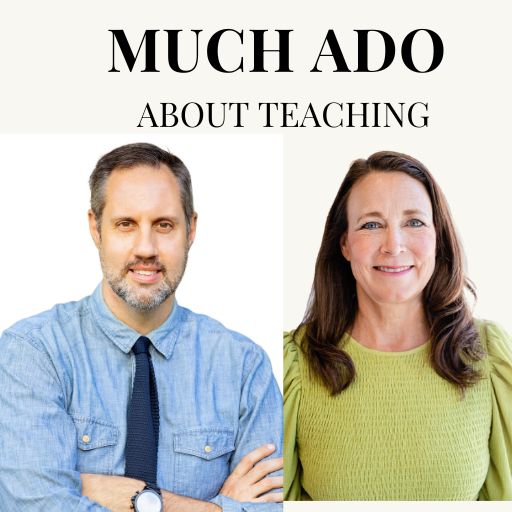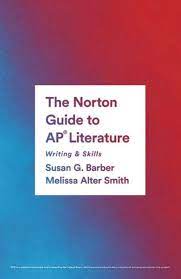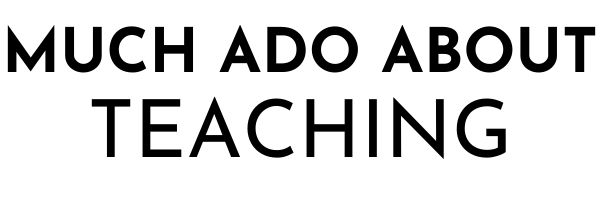Student choice. Genuine investment. Low-stakes writing practice. Poetry analysis. Digital citizenship. Personal engagement. Empowering student voice.
A few years ago in the nascence of #TeachLivingPoets, I (Melissa) was brainstorming ways to get students invested in not just poetry, but poets. Reading individual poems wasn’t offering the kind of long-term appreciation I was hoping to nurture. At the time, I was starting my own blog at TeachLivingPoets.com and thought, What if students started their own blogs dedicated to one poet’s work? The next day, we spent the class period finding our perfect poet match. Some students choose their poet based on their book cover, some on the poet’s race, ethnicity, or nationality being the same, some on the poet’s gender or sexual orientation, some on the topics the poet explores, but the most important thing is that it was 100% the students’ choice.
As students worked on their first blog post on a poem by their chosen poet, I reached out my teacher antenna on social media for any other educators who would be interested in swapping blogs with my classes. Two teachers responded and our poetry blog exchange was born. Now, seven years later, the exchange has grown to reach both coasts, including classes from all over the country.
Brief overview:
Our poetry blog exchange is a year-long initiative which features student created blogs centered on a living poet. Students choose a living poet that they want to explore throughout the year and write 5 – 6 posts featuring a poem by that poet, but this is only the beginning of the assignment. Students from other schools now read other students’ posts and leave comments providing exposure to different poets and perspectives throughout the year.
What the teacher does:
- Identify other classes for the exchange. The blog exchange that Melissa and I are a part of was born out of a Voxer group we belong to but you can start your own. Ask in online communities you’re a part of or keep your exchange in house and have your students comment on one of their classmate’s blog.
- Create a class blog. Our group uses Edublogs. You can check out Susan’s class blogs at Midtown A Day and Midtown B Day and Melissa’s class at AP Lit Poetry Corner.
- Set a schedule for posts and comments. We’ve found that setting this up at the beginning of the year not only gives our students an overview of the entire year but also builds in emergency sub plans. Each year I update the due dates and Google form links for. submission (easier for me) on the Poetry Blog Hyperdoc created by Brian Hannon, and my work is done.
- Step back and let your students do the work. We truly don’t micromanage student blogs.
- Reading and “grading” blogs. We read and give a completion grade for student blogs. The blog is a low stakes way to practice literary analysis, find individual voice, and build confidence with poetry, so our goal with grading is to validate and encourage exercising the writing muscle. I (Susan) do not grade every post and every comment because I just can’t but try to read most. We use a Google Form (Melissa’s form) for blog comments which makes completion grading super quick and easy. Feel free to make a copy of the form so that you can edit it.
What the student does:
- Choose a poet to explore throughout the year.
We let our students have free choice on living poets. Both of us have lots of modern collections in our classroom as well as online resources such as the TeachLivingPoets digital library, SplitThisRock’s The Quary, The Poetry Foundation, American Academy of Poets, and this list that we make available to our students. We can also help students with specific interests connect to poets. One of the most fun days of the year for each of us is the day we give students free reign to explore resources and choose their poet.


- Write a monthly blog entry. The basic structure of each assignment is found below.
This year Adrian Nester fine tuned the assignment and gave each month a slightly different focus including micro and macro Goldilocks analysis, connecting poetry to art, and connecting a modern poem to a poem written by a non-living poet. Here’s a list of living and non-living works from a few of my students; I love to see all of their connections.
- Comment on another student’s blog from a different class. The real magic of this assignment happens here where learning is pushed out beyond the four walls of our classroom. Students learn so much from each other by considering other perspectives; a poem can land differently for a student living in the middle of Atlanta as opposed to a student in McMinnville, Oregon. Commenting on other student’s blogs also allows opportunities to practice online discussion skills and opportunities to talk about digital citizenship.
Empowering student voice
An opportunity for low-stakes poetry analysis and writing practice is beneficial, but we would argue that there is something more valuable about poetry blogs. Poetry provides a place for students to find self-affirmation, self-expression, and exploration of current events and ideas, and poems by living poets provide a familiar context for students. Students can use the poets’ identities and experiences to give voice to their own stories and narratives. When students see someone who looks like them, sounds like them, and who writes about the same things they think and care about, maybe—just maybe—they might start to think, if that poet can do it, I can do it, too.

Melissa Alter Smith teaches at Lake Norman Charter High School in North Carolina and was the 2017 District Teacher of the Year. She is an AP® Reader, AP® Consultant, the creator of the #TeachLivingPoets hashtag and https://teachlivingpoets.com, and the co-author of Teach Living Poets (2021) and The Norton Guide to AP® Literature: Writing & Skills (2022). She is a frequent presenter and keynote speaker, a member of an advisory board to the Library of Congress’ Poet Laureate Project educational toolkit, and the conversation host for W.W. Norton’s Poets on Poetry series.

Susan Barber teaches AP® English Literature at Midtown High School in Atlanta, Georgia, and serves on the AP® Literature Development Committee. She is the coauthor of The Norton Guide to AP® Literature: Writing & Skills (2022), forthcoming engaging lessons book with Brian Sztabnik (Corwin), ELA consultant, and speaker. Susan is most proud of the work she does on a daily basis in E216 and never tires of the beauty and chaos of the classroom which are chronicled at MuchAdoAboutTeaching.com.












